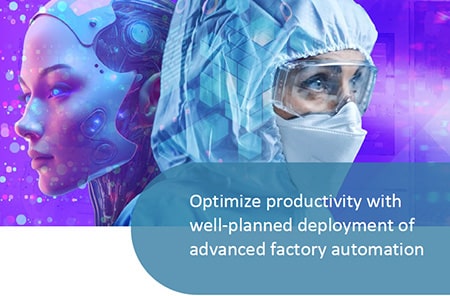Legacy practices
Creating a unified platform
Integration of these domains can drastically reduce that cost, and that requires creating a unified platform. For us, unification represents integration at a core level across all process control systems and requires:
- A standardized data structure, which is critical for advanced analysis and AI/ML applications.
- Shared tools to help standardize our action and reaction to events.
- A consistent UI which provides the same look and feel across applications.
- Universal management to streamline the administration of the applications.
- A standardized knowledge base that enables us to reuse expertise and lower the overall investment.
- Architecture designed to scale as factories grow.
Faster event detection
Conclusion
About the Authors

Agnes is the segment manager overseeing battery manufacturing and strategic alliances. Prior to joining Applied Materials Automation Product Group, Agnes was Manager of Smart Factory Partnerships at Panasonic Connect, overseeing manufacturing technology implementations of productivity, automation, MES and maintenance software. She holds an M.B.A. in Finance from DePaul University, and a B.S. in Mechanical Engineering from Illinois Institute of Technology in Chicago.

As the Global Product Manager for the Applied E3 automation platform, Chris is responsible for the product planning and execution throughout the product lifecycle. Prior to joining Applied Materials Automation Products Group, he was a senior engineer for process and equipment controls at GlobalFoundries. Chris earned his Bachelor of Arts in Physics and Master of Science in Secondary Education and Teaching from the State University of New York at Plattsburgh.


